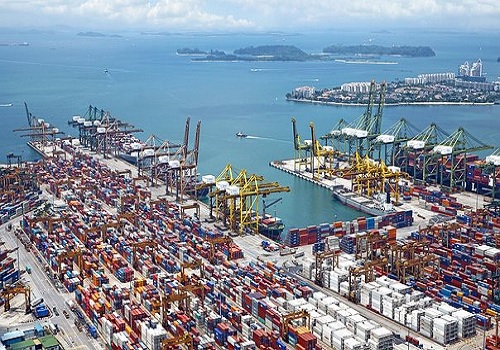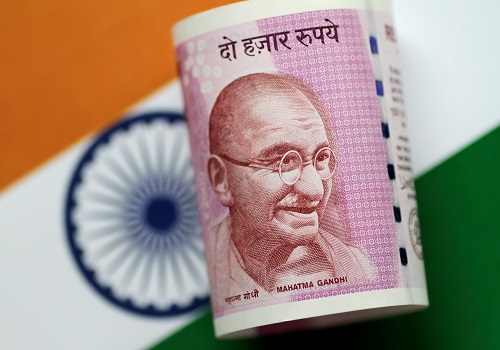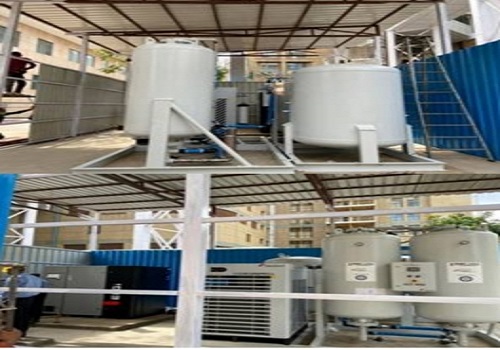Twin Deficit Watch: CAD likely peaked in Q2FY23; fiscal improvement persists despite higher subsidies - ICICI Securities

Follow us Now on Telegram ! Get daily 10 - 12 important updates on Business, Finance and Investment. Join our Telegram Channel
* After appreciating sharply against EUR, KRW, CNY and GBP in Feb-Sep’22, INR has depreciated against them in Q3FY23, and is now 2-5% weaker vs all those currencies than at the beginning of CY22. That should buoy exports in Dec’22-Mar’23, as will the removal of most export duties on iron and steel products (which normally contribute about a tenth of India’s goods exports). Lower oil prices will cause a YoY decline in oil imports for the period, lowering the trade deficit further, just as a seasonal improvement in current account deficit (CAD) sets in during the Jan-Mar quarter. We retain our forecast for a CAD of 2.5% of GDP in FY23.
* While electronics exports have grown spectacularly from a small base (and have ample scope to grow further, given India’s minuscule share in global electronics exports), and chemicals and engineering goods have expanded well over the past 9 years, there has been a worrying stagnation in labour-intensive exports over that period. The labour reforms passed two years ago need to be notified and enacted quickly in order to generate the stirrings of a revival in labour-intensive manufacturing and exports – which are essential to the transformation of any emerging economy burdened by large-scale surplus labour (as India still has) in agriculture.
* The 12mma of the fiscal deficit was 6.2% of GDP in Oct’22, continuing to benefit from a surge in tax revenue. Direct tax revenues (corporate and personal income taxes) were up 30% YoY (on a 12-month rolling sum basis) in Oct’22, and central GST revenue was up 20% YoY (those 3 account for 77% of total tax receipts). The fiscal deficit (which had exceeded the full-year target by this point in FY19 and FY20) was just 46% of the FY23 target as of Oct’22 (7 months into the fiscal year), as the government’s total receipts reached 61% of the FY23 target while spending only reached 54% of the target by Oct’22 – despite the fact that food and fertiliser subsidies were set to considerably exceed the budgeted targets. The food subsidy bill will likely account for 7.5% of total expenditure in FY23 (vs 5.2% originally budgeted), but this will be comfortably funded by stronger tax revenue. We expect the fiscal deficit to be lower than 6% of GDP in FY23, helping to crowd-in private investment.
Trade deficit narrows in Nov’22 as imports decelerate. India’s exports were up barely 0.6% YoY in Nov’22 (but the Oct’22 export contraction was revised to -12.1% YoY, from -16.6% YoY reported a month ago). For Apr-Nov’22 (first 8 months of FY23), exports are thus up 11.1% YoY, while for CY22 YTD (Jan-Nov’22) India’s exports have risen 15.7% YoY, decelerating from the spectacular 43.1% YoY growth in CY21. Although continuing to outpace exports, India’s imports have also decelerated in the past 3 months, growing 10% YoY in Oct’22 and 5.4% YoY in Nov’22, having grown 49% YoY in May-Aug’22. The monthly trade deficit peaked at US$29.2bn (and 3mma of US$28bn) in Sep’22, moderating to US$23.89bn in Nov’22 (3mma of US$26.9bn).
To Read Complete Report & Disclaimer Click Here
For More ICICI Securities Disclaimer https://www.icicisecurities.com/AboutUs.aspx?About=7
Above views are of the author and not of the website kindly read disclaimer










Tag News

Monthly Debt Market Update, September 2023: CareEdge Ratings





 320-x-100_uti_gold.jpg" alt="Advertisement">
320-x-100_uti_gold.jpg" alt="Advertisement">








